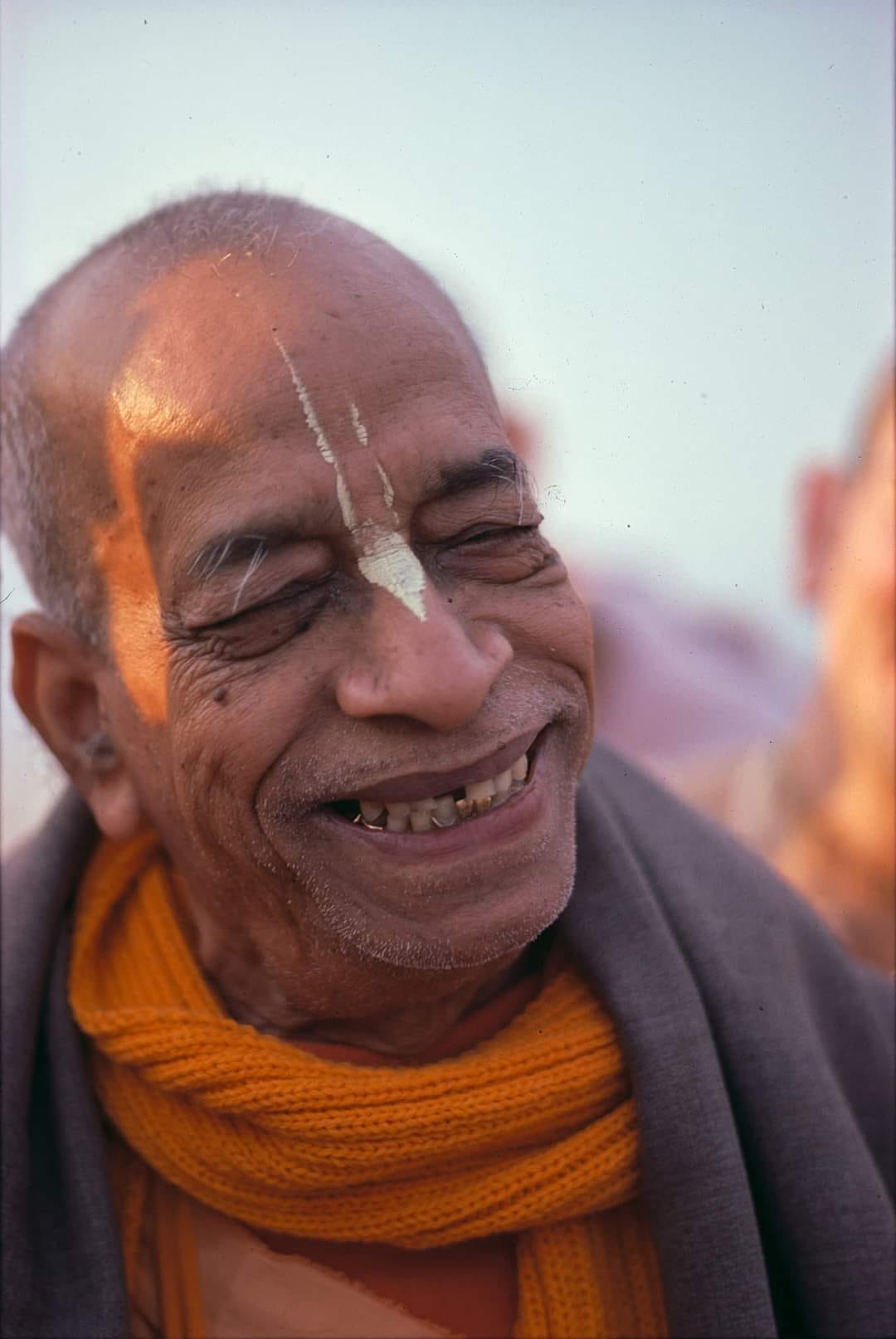Why so many quotes from letters, and not from books?
When we observe different online discussions, we can observe a common point in most of them: most of the references and quotes raised are from letters and conversations, and not from books. Why?
When we observe different online discussions amongst devotees, we can observe a common point in most of them: most of the references and quotes raised are from letters and conversations of Prabhupada and not from his books. Considering that Prabhupada wrote so many books, explaining so many important points, why don’t we refer to them more often?
The inconvenient answer is that it is because we are often not learned enough to do so. It’s possible to find quotes about practically anything in letters and conversations by doing a quick search in the Vedabase, because in letters, Prabhupada gives direct answers to questions, and thus the answers deal with practical topics. However, letters and conversations are inconclusive because these are answers that Prabhupada gives, taking into consideration the person, the time, and the circumstance. Most of the time, these circumstances are not even known (in the letters, we have Prabhupada’s answers, but not the letters with the questions, for example). As a result, letters, as well as conversations, can thus be used only as supportive evidence to strengthen a point that is already sustained by other, strong evidence, and not used to sustain anything in their own right.
The real scriptures are the books, where Prabhupada gives general instructions that are generally applicable. However, quoting from the books requires a greater degree of philosophical sophistication, because we have to find a general point that is applicable to the situation we are dealing with. This demands us to study a lot more and have a much deeper understanding of the philosophy. Often, we are not yet at this level, and become thus propense to try to sustain whatever ideas we have by doing just a quick search and pasting quotes from a few letters. This type of argumentation, however, has little substance and should not be taken very seriously.
In this way, although all instructions of Prabhupada should be appreciated and valued, there is a hierarchy amongst them. Letters are the weakest evidence, because they are personal answers to particular circumstances. Lectures are stronger evidence, but still not conclusive, because Prabhupada would also make points according to the particular circumstances. Books, on the other hand, are conclusive evidence because they contain the general instructions that Prabhupada wrote with the goal of being the guidelines for the next generations.
In this connection, it’s also important to understand the three types of discussion to avoid discussions based on ego, which I mentioned in a previous article.
Of the three, the lowest type is vitanda, where one just wants to convince others about his or her opinion. In this type of discussion, there is little interest in finding the real truth, and one may use all kinds of dishonest tricks just to win the discussion. Vitanda is thus mainly a dispute of egos. One just wants his opinion to prevail. This type of discussion is in the mode of ignorance since the participants are attached to their own limited truth and have little interest or capacity to understand what is real or not. Emotional debates centered around conspiracy theories are a good example of this type of discussion.
The second type is jalpa, which is in the mode of passion. In this type of discussion, one comes to the argument already convinced that he is right and the other is wrong, and thus just focuses on proving that his point of view is correct. Different from the emotional vitanda discussions, jalpa is usually centered around more solid arguments, but the essence is still the same: there is little interest in finding the truth; one just wants to prove their point. A good example of jalpa is the unlimited battles of quotes we often see.
Vada, on the other hand, is based on the mode of goodness. In this type of discussion, the goal is to find the truth. It doesn’t matter who is right or wrong. If my opponent is right, I will be happy to learn from him. We can see many examples of this type of discussion in the Caitanya Caritāmṛta, where opponents of Lord Caitanya would be happy to become His followers once defeated by Him. These were people who were looking for the truth and would be glad to admit defeat when confronted with an opponent with a higher level of realization. The difficulty of course is that this type of debate can be conducted only between people in the mode of goodness, something that is in short supply nowadays.
Read also:
What is the ritvik philosophy and why is it wrong?
Anyone who is interested in Krsna Consciousness and has access to the internet is probably familiar with the ritvik philosophy. According to it, the last instruction of Srila Prabhupada was that he should remain the only initiating spiritual master and anyone can take a posthumous initiation from him thoroughly a priest, who chants on his beads and does the other rites in front of a picture. There are different versions of the ritvik philosophy, but they are all centered around interpretations of two tapes recorded in the last days of Srila Prabhupada.




Hare Krsna Prabhu. Thank you for writing this, unfortunately I too fall into this same trap. I may have an idea and use SP letters or see some online letter quotes by SP to reinforce my ideas. Half knowledge is very dangerous, especially for neophytes like myself. Thank you for writing on this subject matter.